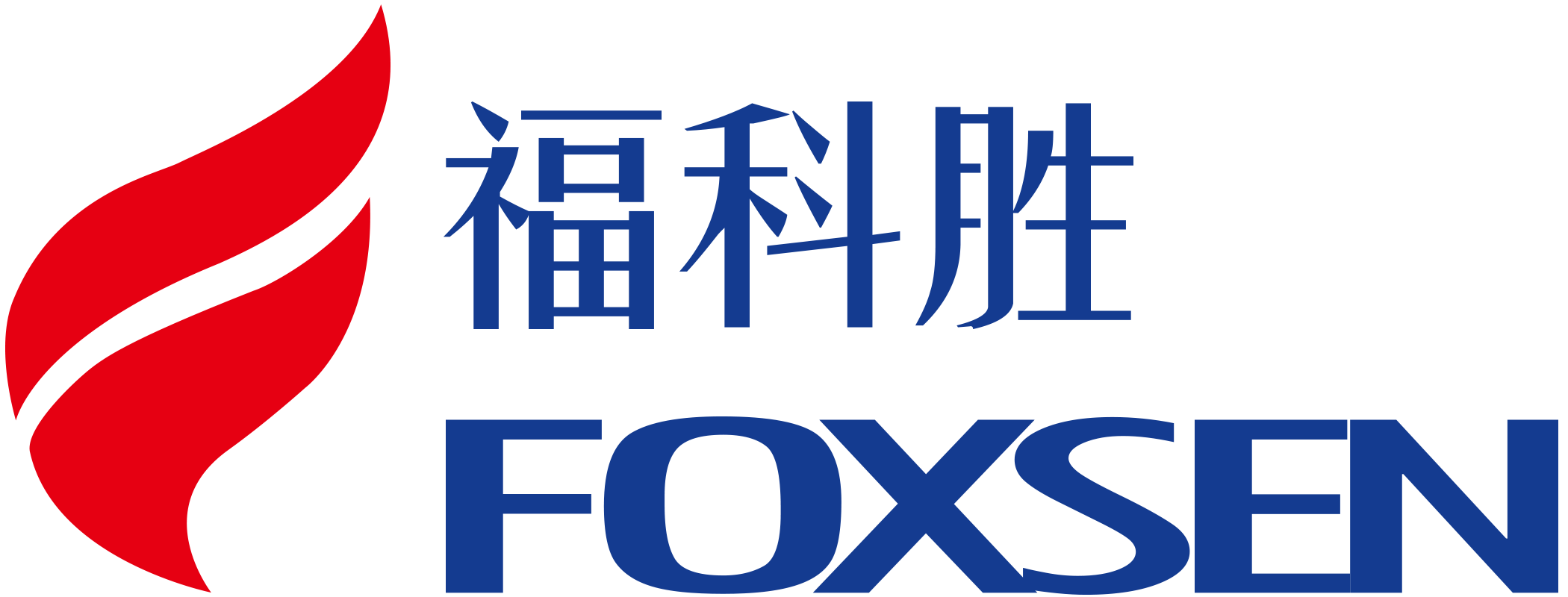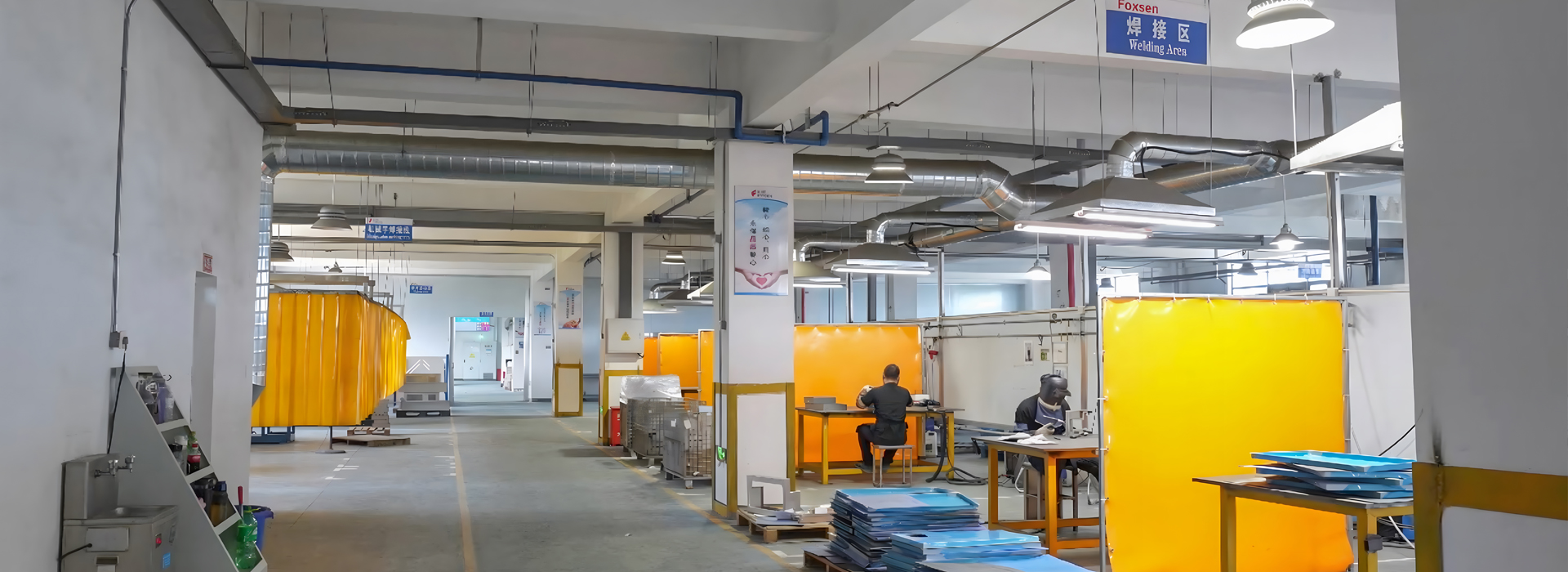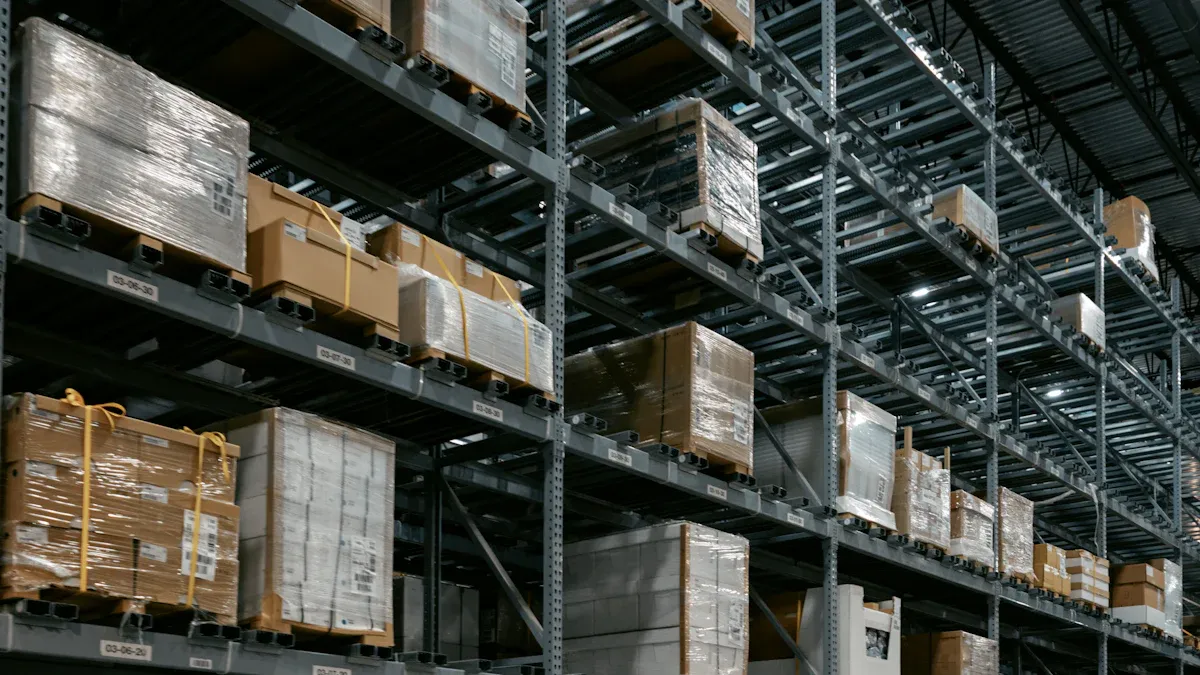When I started learning about sheet metal rack enclosures, I saw how important it is to pick the right one. It’s not just about choosing something that looks strong. You need to know the main features to look for. Things like size, material, and where it will be used matter a lot. These enclosures are becoming more popular. In 2024, they are worth USD 4.41 Billion and may grow to USD 9.25 Billion by 2032. This fast growth shows how useful they are in many industries. To choose wisely, I always think about how well it works and how long it lasts. This guide will help you do that too.
Key Takeaways
Think about what you need before picking a metal rack. Look at size, airflow, and helpful features.
Choose the right material for where it will be used. Stainless steel works well outside. Aluminum is light and doesn’t rust.
Make sure there’s good airflow to stop overheating. Adding vents or fans can help it work better.
Check NEMA and IP ratings to see if it’s safe and protective for your use.
Clean it often and stop rust to make it last longer. This also keeps your equipment safe.
Understanding Your Needs for a Sheet Metal Rack Enclosure
What It Should Do
Think about what the enclosure needs to do. It should hold parts safely and work well. The size and design must fit the parts inside. Plan for enough space and good airflow. Features like doors or panels make fixing things easier and faster.
Airflow is very important. Without it, parts can get too hot and break. Adding vents or fans helps keep the temperature steady. Sometimes, heat sinks or special materials can help cool things down. These small changes can improve how the enclosure works.
Picking the Right Size
Getting the right size is very important. Start by measuring the parts you’ll put inside. This way, the enclosure won’t be too big or too small. Think about the future too. If you might add more parts later, pick one with extra space.
Also, think about where it will go. Will it fit in the space you have? Is there room for air to flow and for repairs? Planning the size and location saves time and trouble later. A good plan makes everything easier.
Thinking About the Environment
Where you use the enclosure matters a lot. Check for heat, water, and dust. High heat can harm parts, so make sure it stays cool. In wet places, use enclosures with seals to block water. Dust can also cause problems, especially in factories. Pick one with a high IP rating to protect it.
Knowing the environment helps you choose better. For outdoor use, stainless steel is good because it doesn’t rust. Indoors, aluminum is lighter and resists rust too. Matching the enclosure to its surroundings makes it last longer and work better.
Exploring Types of Sheet Metal Enclosures
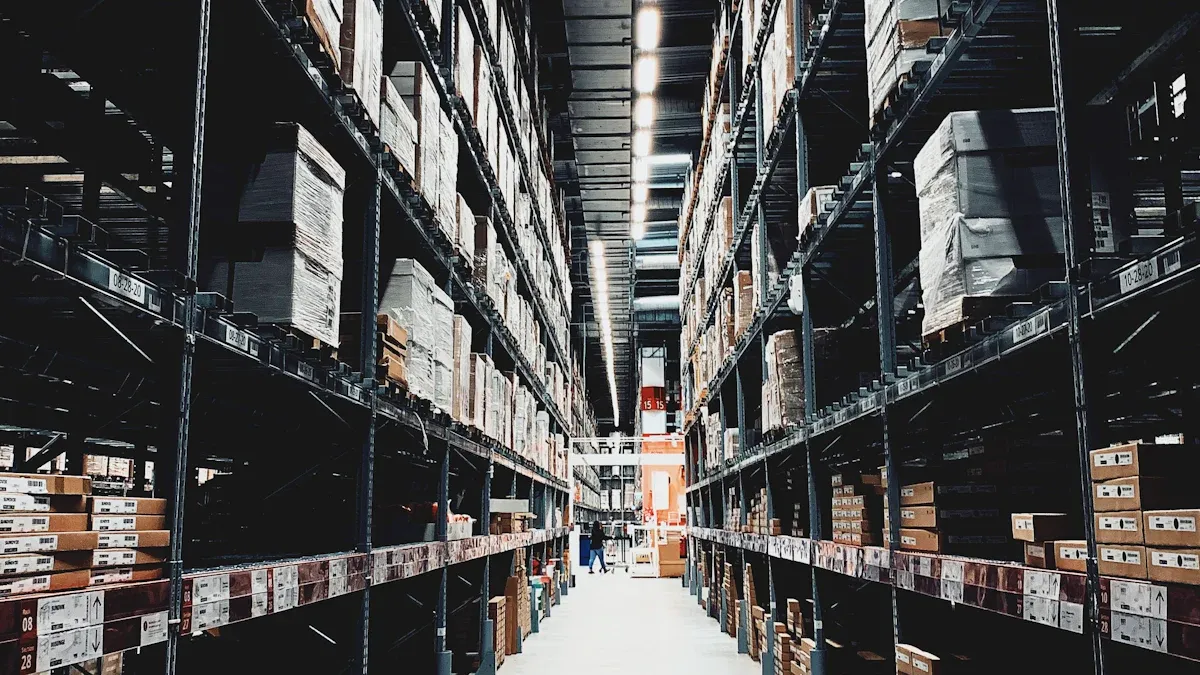
Wall-Mounted Sheet Metal Enclosures
Wall-mounted enclosures are great for saving space. They attach to walls, keeping equipment off the floor. This makes cleaning and repairs simpler.
These enclosures protect equipment from dust and water. Being higher up keeps them safe from hazards. For example, in dusty factories, they keep machines working well.
Freestanding Sheet Metal Rack Enclosures
Freestanding enclosures are flexible and hold lots of equipment. They stand alone and offer plenty of room for parts.
These enclosures help with airflow to stop overheating. Good ventilation keeps equipment cool and working longer. Studies show materials like PCM-concrete can lower heat and save energy. This proves why airflow features are important.
Rack-Mount Sheet Metal Enclosures
Rack-mount enclosures are great for stacking equipment neatly. They fit into racks, making setups easy to organize.
These enclosures are common in server rooms and data centers. They help manage cables, reducing mess and improving access. Many include sliding rails for quick access to parts.
Material Selection for Sheet Metal Enclosures
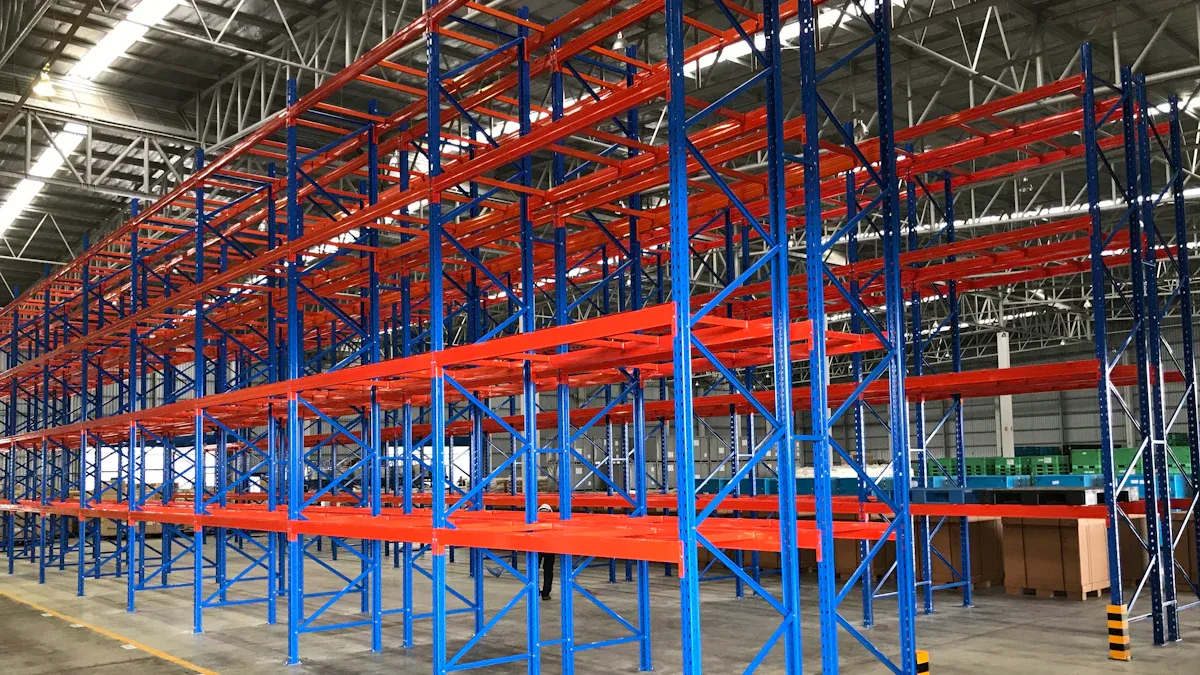
Picking the right material is very important. It helps the enclosure work well and last long. Each material has its own benefits. The best choice depends on where and how it will be used. Let’s look at three common materials: steel, aluminum, and stainless steel.
Steel: Strong and Tough
Steel is great when strength is needed. It works well in places with heavy loads or impacts. Steel enclosures handle tough conditions, making them perfect for factories.
But steel is heavy. This makes moving and setting it up harder. Still, its strength makes it worth the effort. For places needing strong enclosures, steel is the best choice.
Steel lasts a long time, especially with coatings. Powder coating or galvanization stops rust and corrosion. This makes steel good for both indoor and outdoor use.
Aluminum: Light and Rust-Free
Aluminum is the best choice when weight and rust matter. It’s much lighter than steel, making it easier to move and install. Aluminum can cut the total weight by 40%.
Here’s a simple table about aluminum’s features:
Aluminum is often used outdoors or near water. It doesn’t rust, so it lasts a long time. Plus, it’s eco-friendly because it can be recycled. This makes it a smart and green choice.
Stainless Steel: Best for Rust Protection
Stainless steel is the top pick for tough places. It stops rust, even in wet or harsh areas. It’s great for places with acid rain or salty air.
New ways to make stainless steel have made it stronger. It’s now better for hard jobs in factories or near the sea. It stays strong and doesn’t break down over time.
Stainless steel enclosures are also very durable. They handle heavy use and tough conditions without failing. This makes them perfect for jobs where they need to last.
Stainless steel is the best for stopping rust and staying strong. It works well outside or in factories. It’s a top choice for hard jobs and tough places.
Designing a Sheet Metal Enclosure
Ventilation and Cooling Features
Ventilation is key to keeping equipment safe. Good airflow stops overheating, which can harm parts. Adding vents or slits helps air move better. For setups that need more cooling, fans or active systems are helpful. These features keep the temperature steady, even in tough conditions.
Heat can shorten the life of equipment. To prevent this, place the enclosure away from heat sources. Leave enough space around it for air to flow. Custom enclosures can include heat sinks or insulation for extra safety.
Cable Management Solutions
Organized cables make enclosures safer and easier to use. Tangled cables can cause overheating and slow repairs. Modular systems are great because they fit different setups and keep cables tidy.
Here’s why good cable management matters:
Plan cable paths before installing the enclosure. This saves time and avoids mistakes. Use trays, ties, and labels to keep cables neat and easy to find.
Customization Options (Finishes, Cutouts, Branding)
Customizing enclosures makes them work better and look nicer. Special finishes, like powder coating, protect against rust and improve durability. These finishes are great for outdoor use.
Cutouts are helpful for cables, switches, or vents. Place them where they fit the equipment layout best. This makes using the enclosure easier.
Adding logos or colors makes the enclosure look professional. It’s a small detail that leaves a big impression. Customization ensures the enclosure fits both your needs and style.
Tip: Check that custom features match your equipment before installing. This avoids fixing mistakes later.
Compliance and Standards for Sheet Metal Enclosures
NEMA Ratings and Why They Matter
When picking enclosures, I always check their NEMA ratings. These ratings show how well they block dust, water, and rust. For example, a NEMA 4 enclosure works well outside. It keeps out rain and dirt easily.
NEMA ratings also help match enclosures to their surroundings. For factories, I choose higher ratings for tough conditions. This keeps the equipment safe and working longer.
Tip: Ask suppliers about NEMA ratings before buying. It avoids mistakes and saves money.
IP Ratings for Protection Against Dust and Water
IP ratings are another thing I always check. They show how well enclosures stop solids and liquids. The first number tells dust protection, and the second tells water resistance.
For example, an IP65 enclosure blocks all dust and resists water jets. This makes it great for wet or outdoor areas. Knowing these ratings helps me pick the right one for each job.
Here’s a simple table about IP ratings:
Following Safety and Industry Rules
Safety rules are very important when choosing enclosures. I check if they meet standards like UL or ISO certifications. These prove the enclosure is safe and reliable.
Certified enclosures last longer and work better. They also lower risks like electrical problems or damage. Following these rules gives me confidence my equipment is protected.
Note: Certified enclosures may cost more but prevent costly repairs later.
Supplier Selection and Cost Considerations
Finding Trustworthy Suppliers
Choosing a good supplier is very important. I always check if they have a strong history of quality work. Certifications, like ISO audits, show they meet high standards. These audits also point out areas they can improve.
I also look at how well they perform. Here’s a simple table of what I check:
These details help me decide if a supplier is dependable. Suppliers with low turnover and on-time deliveries usually offer better service.
Asking for Quotes and Comparing Choices
After finding suppliers, I ask for quotes to compare them. I don’t just look at the price. I check what the cost includes, like labor and materials. This helps me see what I’m paying for.
I also compare their prices to industry averages to ensure fairness. For instance, a cheaper supplier using bad materials isn’t worth it. I think about the total cost, including upkeep and repairs. This way, I get the best value for my money.
Balancing Price and Quality
It’s important to balance cost and quality. Focusing only on price can cause problems later. Many buyers now care more about value than just low prices. This shows why long-term costs matter more than upfront savings.
For example, spending more on a stainless steel enclosure can save money over time. It lasts longer and needs less fixing. I also think about the size of the enclosure. Picking the right size avoids costly upgrades later.
By balancing cost and quality, I make sure my Foxsen sheet metal rack enclosure works well and lasts long.
Maintenance and Longevity of Sheet Metal Enclosures
Cleaning and Rust Prevention
Keeping enclosures clean helps them last longer. Use a soft, damp cloth to wipe away dirt. For sticky grime, mix mild soap with water. Avoid rough cleaners or tools that can scratch the surface.
Stopping rust is just as important. Moisture causes rust, so keep the enclosure dry. In humid places, use silica gel packs or a dehumidifier inside. Adding a protective layer, like paint or powder coating, stops rust from forming. Check often for rust and fix it early.
Tip: If you see rust, clean it fast with rust remover. Add a new protective layer after cleaning.
Repair and Replacement Tips
Even strong enclosures may need fixing someday. Look for dents, scratches, or loose parts often. Fix small dents with a rubber mallet. Cover scratches with touch-up paint to stop rust.
For bigger problems, like broken hinges or bent panels, replace the damaged parts. Many suppliers sell replacement pieces, so you don’t need a new enclosure. Always check that new parts match the old ones for a good fit.
Note: Regular care lowers the chance of expensive fixes or replacements.
Extending the Lifespan of Your Enclosure
To make enclosures last longer, follow simple steps. Place them where rain and sunlight won’t hit directly. Make sure there’s good airflow to stop overheating. Check them regularly to find and fix problems early.
Adding features like weatherproof seals or rust-proof materials helps them last even longer. Spending more on good materials at the start saves money later.
Tip: A cared-for enclosure lasts longer and keeps your equipment safer.
Picking the right sheet metal rack enclosure starts with knowing your needs. Focus on the type, material, and design that fit your equipment. Think about where it will be used and what features you need. Following safety rules makes sure it lasts and works well. A buying guide helps you compare suppliers and find good deals. Asking experts or suppliers can answer questions and help you choose better. These steps make enclosures last longer and work properly.
FAQ
What material is best for outdoor enclosures?
Stainless steel is great for outdoor use. It stops rust and handles tough weather like rain or salty air. Aluminum is also good in wet places since it doesn’t rust. Both materials last a long time outside.
How do I pick the right size for my enclosure?
Start by measuring your equipment. Leave extra space for airflow and future needs. Think about where it will go. Make sure there’s room for repairs and air to move. Planning ahead avoids problems later.
Can I make my sheet metal enclosure custom?
Yes, you can customize it. Add holes for cables, vents, or switches. Special coatings like powder paint make it stronger. You can also add logos or colors for a professional look. Always check that custom parts fit your equipment.
How often should I clean my enclosure?
Clean it every few months. Use a damp cloth to wipe off dirt. For sticky spots, use mild soap and water. Check for rust or scratches while cleaning. Regular care keeps it working and looking nice.
What’s the difference between NEMA and IP ratings?
NEMA ratings show protection from dust, water, and rust in certain places. IP ratings measure how well it blocks solids and liquids. For example, IP65 stops dust and water jets, while NEMA 4 keeps out rain and dirt. Both help you pick the right enclosure.
